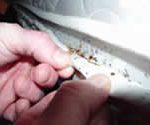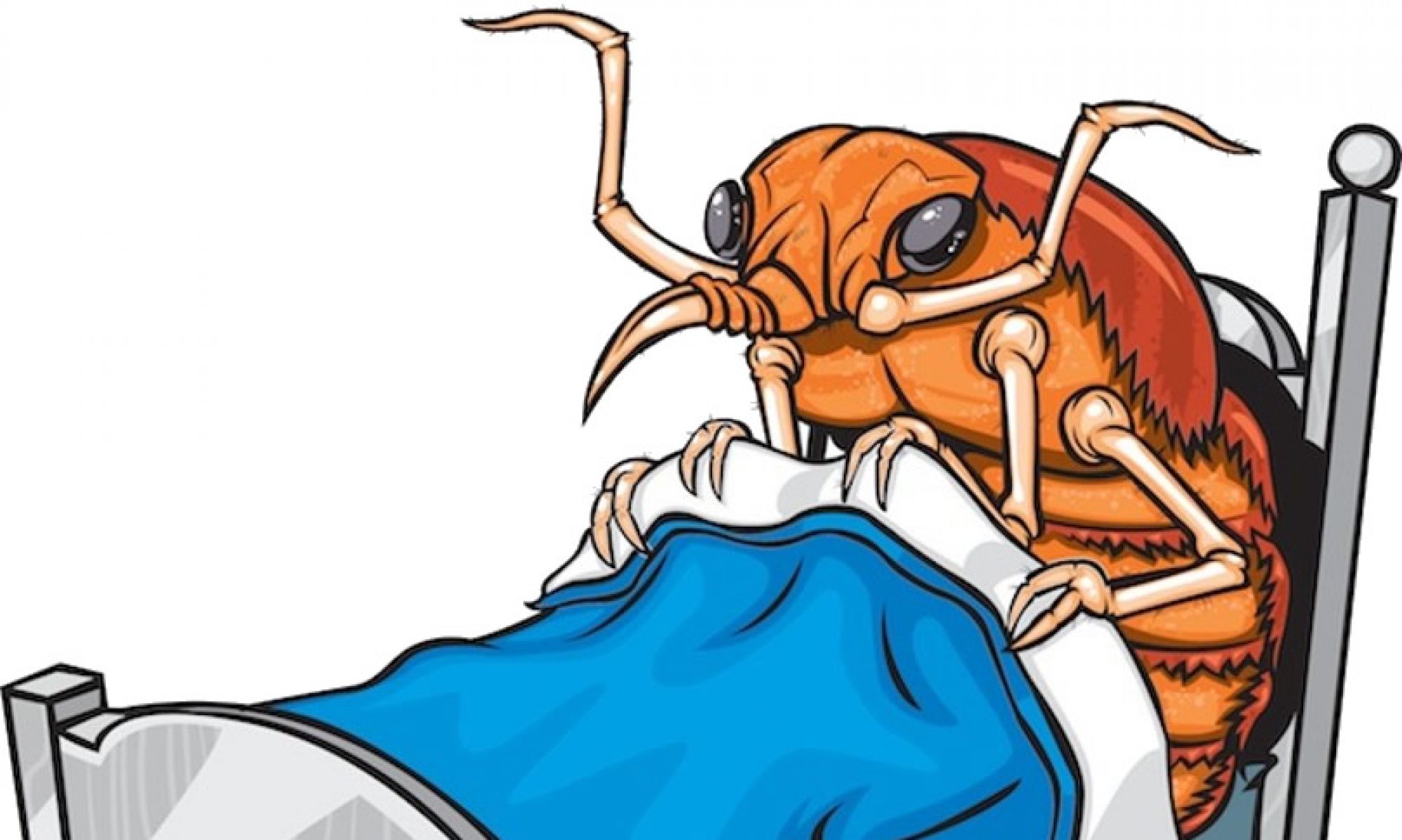 Disposal of beds, furniture, clothing, and other items because they are infested with bed bugs should generally be discouraged in residential situations and should be evaluated on a case-by-case basis.
Disposal of beds, furniture, clothing, and other items because they are infested with bed bugs should generally be discouraged in residential situations and should be evaluated on a case-by-case basis.
- Disposal of infested items does not guarantee bed bug control.
- Disposal of these items can result in a serious financial burden for residents, particularly in lower income areas.
- Replacement items may become infested if brought into a room prior to treatment of the infestation.
- Disposal may result in spread of bed bugs to new locations.
Mattress, box spring, and furniture encasement can be a cost-effective alternative to disposal.
Some customers will prefer to dispose of infested items even after assurance that they can be successfully treated. Hotels and other sensitive sites may prefer to dispose of all bed bug infested furniture to avoid negative public relations.
When disposal of infested materials is necessary, steps should be taken to minimize the likelihood of spreading bed bugs in accordance with applicable laws or ordinances for discarding bed bug infested items.
Items that are badly damaged and deteriorated may not justify the effort and expense to treat them and should be discarded.
- Visible or readily accessible bed bugs should be eliminated by vacuuming, steaming, freezing, insecticide treatment or other methods.
- Prior to removal from the infested area, mattresses, box springs, and furniture should be sealed in plastic to trap bed bugs inside.
- If left for pick-up, furniture should be labeled as bed bug infested, and then damaged to render it unsalvageable.
- Disposal should be coordinated with trash pick-up, or items should be taken directly to a disposal site.

